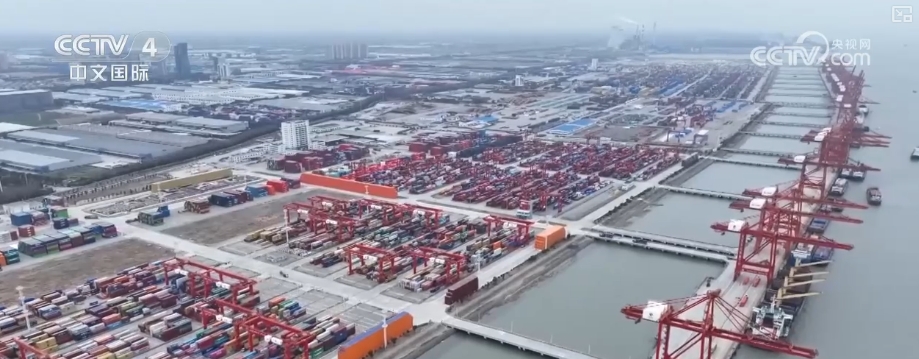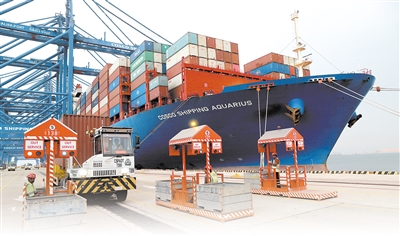The Steel Camel Caravan Gallops Across Asia And Europe, Tianjin Writes A New Chapter In The Silk Road
The Steel Camel Caravan Gallops Across Asia And Europe, Tianjin Writes A New Chapter In The Silk Road
The steel camel caravan gallops across Asia and Europe, Tianjin writes a new chapter in the Silk Road, Port, Central Asia, Tianjin Port, Tianjin City, SCO, Iron camel caravan, China-Europe Express
In the morning light, a China-Europe freight train full of cargo slowly drove out from the Tianjin Xingang North Railway Container Center Station and headed to Central Asian countries such as Kazakhstan and Tajikistan. This has become the norm for Tianjin Port to operate, and a "new Silk Road" with railways as the backbone is revitalizing.
Tianjin hub, connecting the inside and outside. Tianjin is adjacent to the Bohai Sea in the east and Yanshan in the north, and is known as the "big climax of rivers and seas". Tianjin Port ranks among the top ten ports in the world. With its location and transportation advantages, it has become an important hub connecting the SCO countries and the global market. More and more goods from SCO countries are distributed here, making Tianjin one of the core departure stations of the China-Europe and Central Asia trains. Since the Belt and Road Initiative was proposed in 2013, Tianjin has launched more than 7,300 China-Europe (Central Asia) trains, reaching 25 countries and regions in Eurasia. These trains not only realize cargo exchanges, but also become an important support for maintaining the smooth flow of regional industrial chains and supply chains.
Strong boost, build momentum to improve. In the first half of this year, Tianjin Guan District shipped a total of 365 China-Europe (Central Asia) trains, an increase of 18.4% year-on-year, and the transportation volume continued to rank among the top coastal ports. This strong growth is due to Tianjin's continued deepening in international logistics cooperation. By encrypting high-quality foreign trade routes, optimizing the layout of ocean trunk lines, and strengthening the intermodal transport system, Tianjin Port has formed a multimodal transport system with "water and land interweaving and multi-directional connectivity". Since the Horgos Port launched the "Smart Railway Port Rapid Customs Clearance" reform, the passage time at imported goods ports has been reduced from 2 to 3 days to 16 hours, a decrease of 70%. As of now, the total number of container routes in Tianjin Port has exceeded 140, and it maintains trade with more than 500 ports in more than 180 countries and regions around the world.
Transportation cooperation, mutual benefit and win-win results. In the first seven months of 2025, Tianjin and other countries in the SCO reached 53.37 billion yuan, a year-on-year increase of 5.2%, accounting for 11.3% of the total import and export value of Tianjin. SCO countries have become an important market for the steady growth of Tianjin's foreign trade. Today, the China-Europe (Central Asia) trains sent to SCO countries carry a wide range of goods, ranging from building materials, agricultural machinery and equipment, commercial vehicles, to clothing, shoes and hats, cosmetics, and electronic parts. "Made in China" continues to move to the world through this. At the same time, grain, mineral and characteristic products in Central Asia have also entered the Chinese market through trains, achieving two-way flows of mutual benefit and win-win results.
"A camel bell rings, there will be ten thousand taels of gold." The "Iron Camel Caravan" in the new era spans mountains and seas, building a win-win bridge for economic and trade cooperation and cultural exchanges on the vast Eurasian continent. The China-Europe Express is not only a logistics channel, but also an important link connecting the ocean and the mainland, promoting mutual learning between civilizations, and helping to build a community with a shared future for mankind. It is using rails to write the story of the Silk Road in the new era, injecting continuous momentum into regional coordinated development and global economic and trade cooperation. (Huo Wang)





